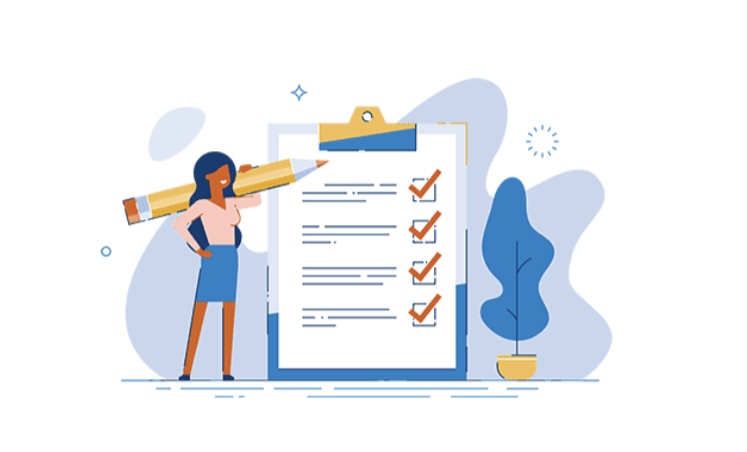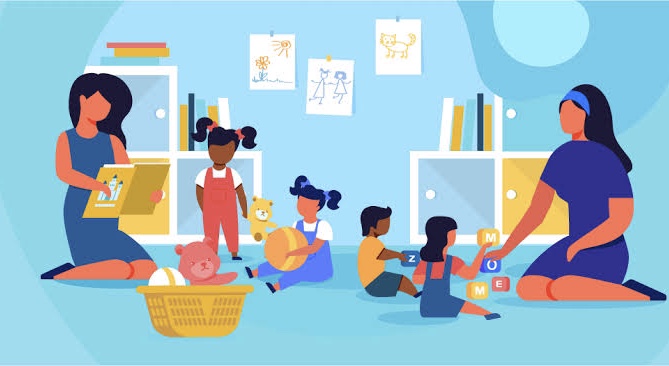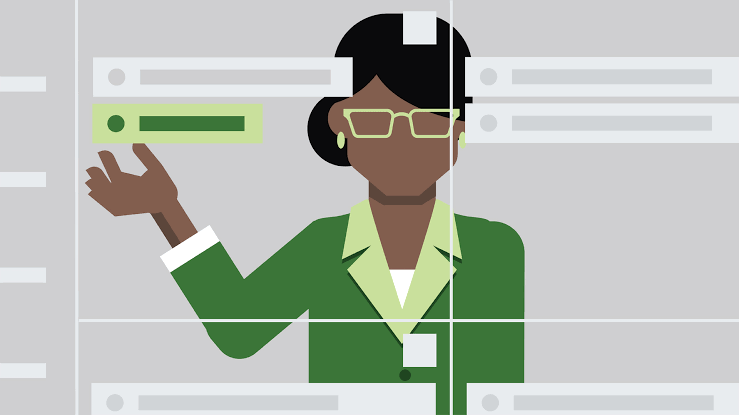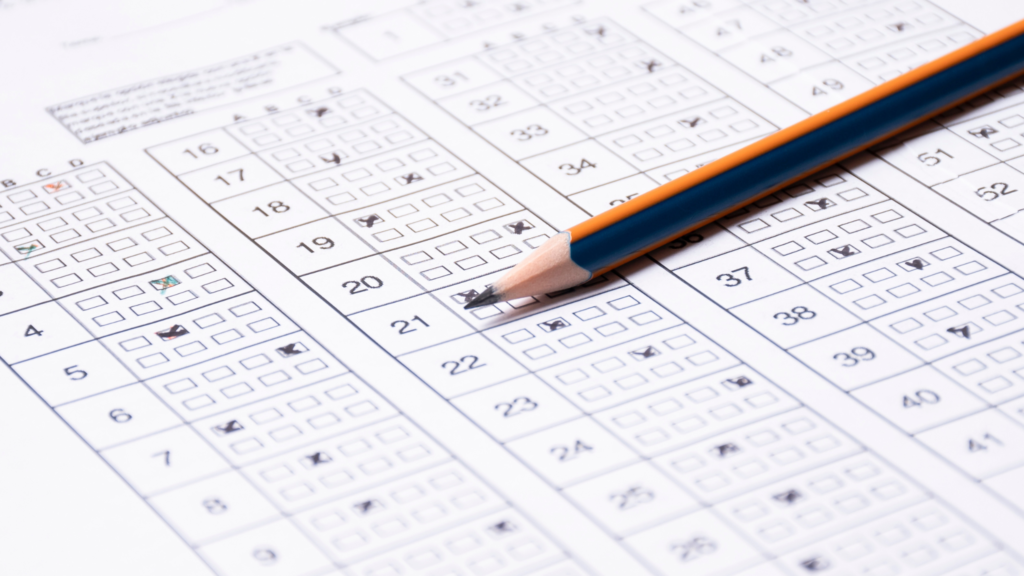Owing to the importance of curriculum development in formal education, the curriculum has evolved into a dynamic curriculum development process as our society changes. As a result, curriculum refers to the “whole learning experiences of individuals – not only in school, but also in society” in its widest sense. Educators characterize curriculum development as a step-by-step procedure for making constructive changes to the courses available in higher education. Changes in the world influence curricula, including new techniques and profiles, and fresh perspectives on research and vocations.
In order to enhance the student learning experience, educators are continually developing new teaching techniques and strategies, such as transformative learning or blended learning. As a result, an institution must have a strategy in place for recognizing these adjustments and then incorporating them into the curriculum. We will discuss what curriculum development is and why it is crucial for educators in this blog. Aside from that, we will also go through three basic types of curricular structures.
What Is Curriculum Development?
The process of designing and constructing structures for formal education instruction is known as curriculum development. It is a step-by-step procedure for making constructive changes to a school’s, college’s, or university’s course offerings. School courses must incorporate new findings as the world continues to evolve.
Curriculum development is based on pedagogical approaches and learning goals. In addition, it covers a broad spectrum from structuring a career program to designing classroom lesson activities.
Categories Of Curriculum Design
The product category and the process category are the two broad categories of current curriculum. The product category focuses on outcomes. The main goal is to get good grades, with the emphasis on the final output rather than the learning process.
The process category, on the other hand, is more open-ended and focuses on how learning progresses over time. When developing curriculum, educators must consider these two categories.
What Is Curriculum Planning?
Curriculum planning is the process of deciding what to learn, why to learn it, and how to organize the teaching and learning process in light of existing curriculum requirements and resources. Curriculum planning frequently results in the creation of a broad curriculum framework as well as a syllabus for each subject that individual schools can use as a guide. It entails creating course and evaluation plans for several disciplines at the school level.
In addition, it entails creating more thorough plans for learning units, individual lessons, and instructional sequences in the classroom. Effective curriculum planning and assessment places students and their learning needs at the center. Teachers can use this principle to create experiences that will help students become lifelong learners and responsible citizens. This enables teachers to include appropriate formative and summative assessment tools into their teaching practices.

What Is Curriculum Design?
The intentional, deliberate, and systematic organizing of curriculum (instructional blocks) inside a class or course is referred to as curriculum design. To put it another way, it is a method for teachers to arrange their lessons. Teachers plan curriculum by determining what will be done, who will execute it, and what schedule will be followed. They create each curriculum with a specific educational goal in mind.
The main purpose of curriculum design is to promote student learning, although there are other reasons to use it. Curriculum planning and assessment should place students and their learning needs at the forefront. Teachers can use this idea to design experiences that will help students become lifelong learners and responsible citizens. This enables teachers to include appropriate formative and summative assessment tools into their classroom practice.
What Are The Different Types Of Curricula?
Curriculum development entails the use of a variety of instructional strategies and organizational methods aimed at producing the best possible student growth and learning outcomes. Each course supervisor at a (higher education) institution will have criteria, principles, and a framework that teachers must use when creating courses. Teachers are responsible for ensuring that their lesson plans match the educational needs of their pupils, the curriculum’s expected results, and that the resources utilized are current and understandable.
Subject-centered, Learner-centered, and Problem-centered designs are the three basic types of curricula.
• Subject-centered Curriculum Design
This kind of a curriculum focuses on a single subject or field, such as e-marketing, research skills, or communication. This form of curriculum design is more concerned with the subject than with the learner. The most typical sort of standardized curriculum found in higher education is this.
In comparison to other types of curriculum designs, Subject-centered curriculum design is not student-centered, and the approach is less concerned with individual learning. This can lead to issues with student involvement and motivation, as well as a drop-off in pupils who are not sensitive to this paradigm.
• Learner-centered Curriculum Design
Learner-centered curriculum is built around the needs, interests, and goals of students. It recognizes that pupils are not all the same and educators should not force them to follow a set curriculum. This strategy tries to give students more control over their education by allowing them to make decisions.

Assignments, teaching and learning experiences, and activities can all be customized with differentiated instructional plans. Students have been shown to be engaged and motivated by this type of curriculum design. This type of curriculum design has the disadvantage of putting pressure on teachers to find materials that are specific to each student’s learning needs. Due to time limits in the classroom, this can be problematic. Balancing individual student interests with the institution’s expected objectives can be difficult.
• Problem-centered Curriculum Design
Students learn how to look at an issue and construct a solution through problem-centered curriculum design. Educators consider it an authentic method of learning since students get exposure to real-life challenges. This model helps students build abilities that are transferable to the real world.
Problem-centered curriculum design improves curriculum relevance and promotes creativity, innovation, and collaboration in the classroom. However, the disadvantage of this style is that it does not always take individual learning into account.
Curriculum development and management plan facilitate the optimal utilization of the available resources by the educators. One can work towards a more promising future by adopting policies that will improve the entire system. Any academic institution’s curriculum serves as its foundation; without it, the institution cannot survive for long.
Since there will not be any specific system objectives, the syllabus would be all over the place. For the curriculum that an institution designs for its students, it needs to have a clear set of goals and objectives. Only then will the learners be able to make progress towards a much better and brighter academic future.
Image Sources: Shutterstock and Unsplash
Also Read: Tips For Creating Effective Assessments
For more information on curriculum development, visit our blog.
Create. Engage. Inspire.














